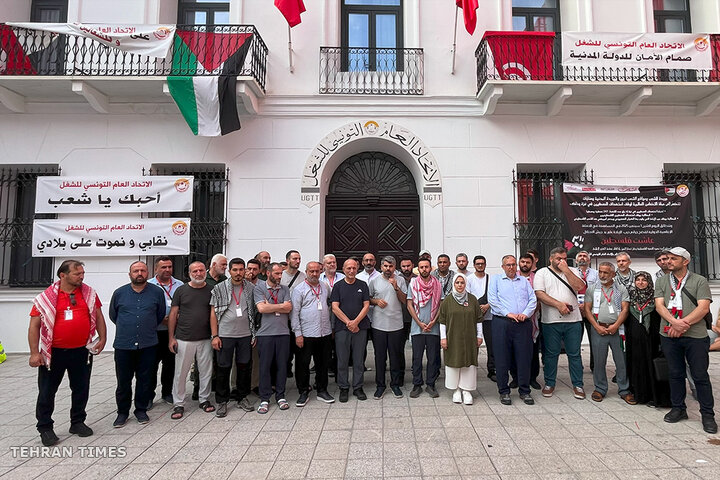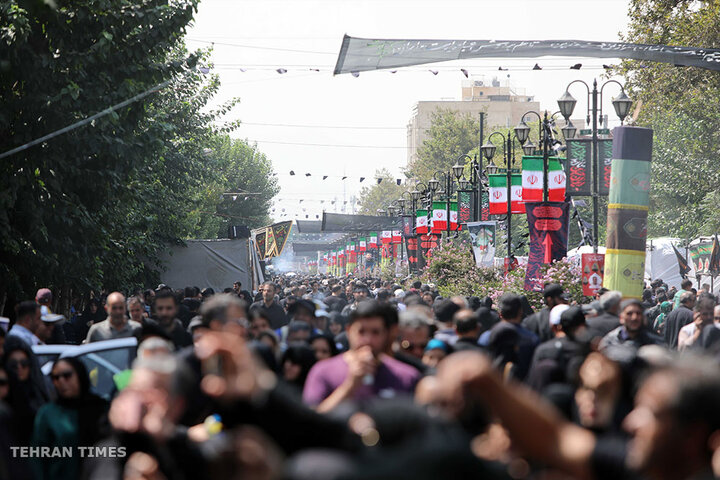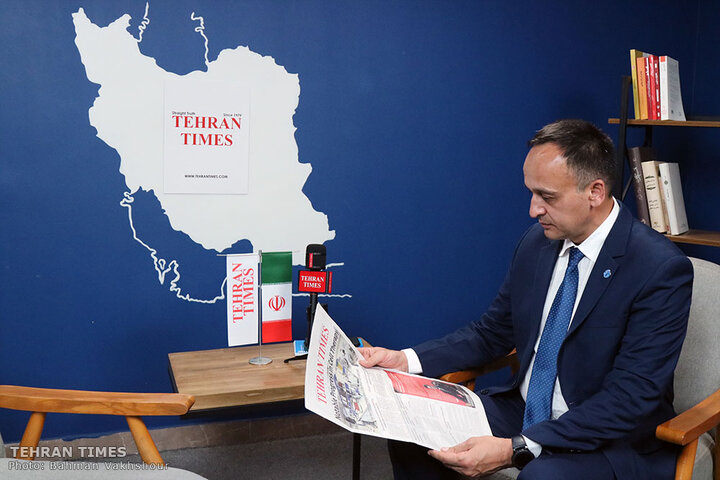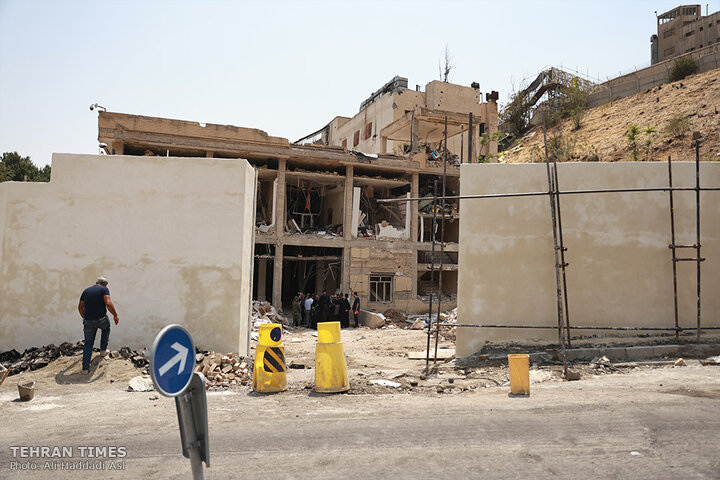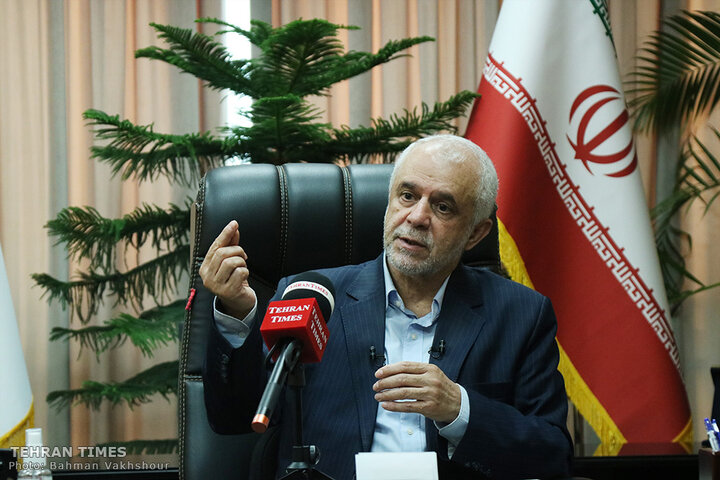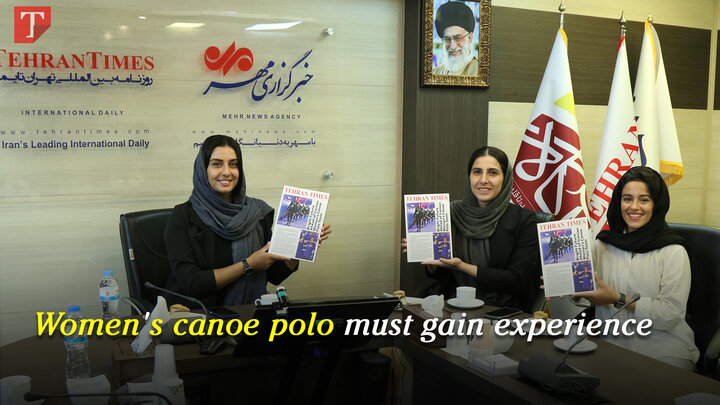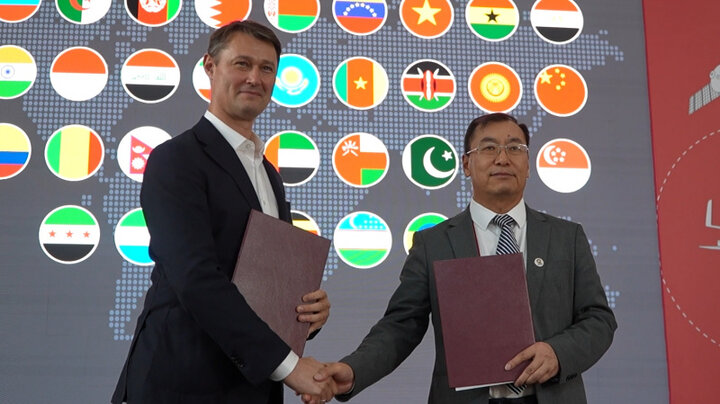-
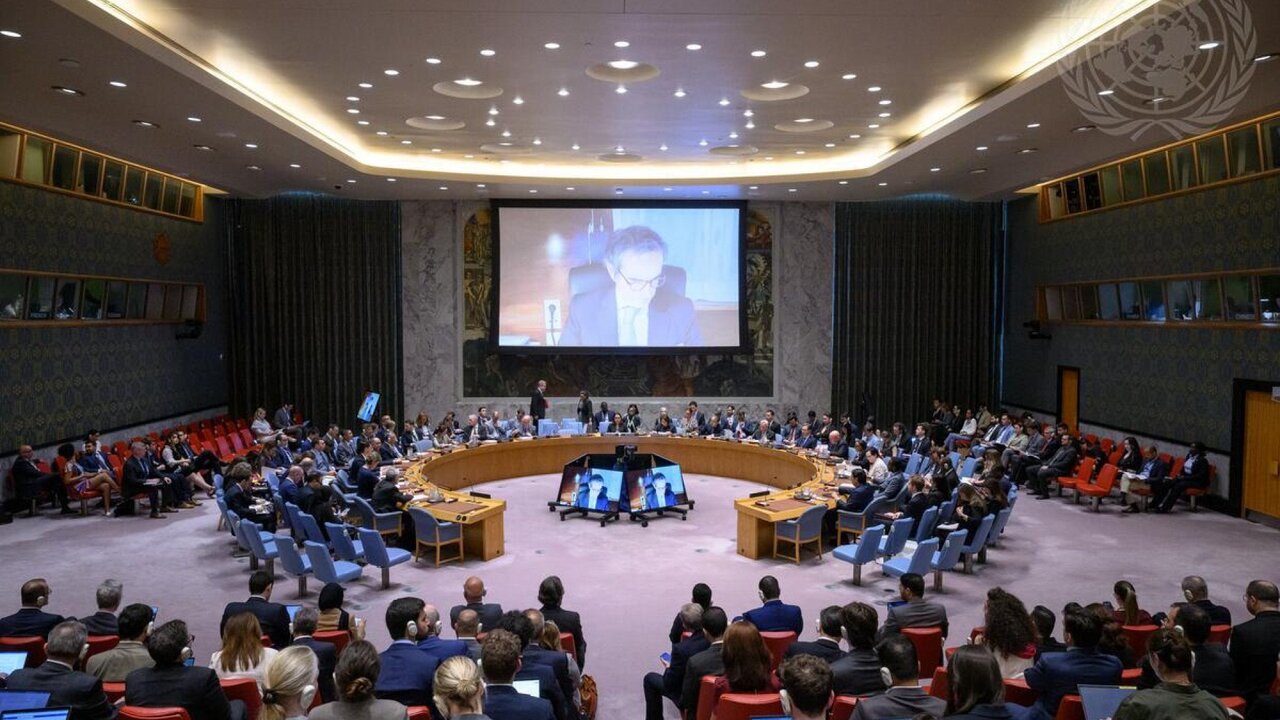 2025-09-05 21:18
2025-09-05 21:18
By Soheila Zarfam
Iran vies with West for UNSC votes
A Russian resolution would put snapback of Iran UN sanctions on hold if passed
TEHRAN – Two distinct blocs have emerged within the UN Security Council as nations maneuver for votes ahead of a Russian proposal, which will offer to extend the implementation period of Resolution 2231 by six months.
-

By Lucia Hubinská
Slovak PM in China: Building partnerships for a fairer global future
PRETORIA – Robert Fico has once again put Slovakia under the international spotlight. While other EU leaders stayed home, the Slovak prime minister travelled to Beijing for China’s commemoration of the 80th anniversary of victory over fascism in Asia. There, he was the only EU head of government standing alongside Xi Jinping and Vladimir Putin.
-

By Sondoss Al Asaad
The lie of “arms exclusivity” to uproot the resistance!
BEIRUT—The resistance in Lebanon constitutes a crucial, fundamental link in withstanding the Zionist-imperialist conspiracy. This vicious move has been expressed in an unprecedented manner to undermine the resistance under the pretext of “arms exclusivity.”
-

By Shahrokh Saei
‘Mouthpiece of IDF butchers’: Israeli president faces arrest calls ahead of UK visit
TEHRAN – Israeli President Isaac Herzog is poised to visit the UK this week, but his arrival has stirred a political storm. Some MPs are demanding his arrest, accusing him of backing Israel’s military operations in Gaza and calling him the “mouthpiece of IDF butchers.”
-

By Wesam Bahrani
Gaza genocide passes 700 days
TEHRAN – As the Gaza genocide surpasses 700 days, Hamas has accused the Israeli prime minister of deliberately sabotaging mediation efforts.
-

By staff writer
Shifting US political landscape threatens Israel’s traditional congressional influence
TEHRAN - In late August 2025, Donald Trump gave an interview to the Daily Caller, which stirred great debate regarding shifts in the political U.S. support for Israel and the diminution in power of the American pro-Israel lobby in the U.S. Congress.
Politics
-
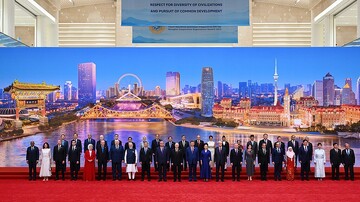
The Global South has changed, so will the future of the world
TEHRAN – The voice of resistance resonates from the streets of Gaza to the halls of BRICS summits and Shanghai Cooperation Organization meetings. Palestinian students waving their flag at universities around the world, African leaders expelling colonial forces, Latin American politicians asserting the independence of their decisions, and Islamic resistance movements in West Asia that have shaped the ethical and military pillars of the region—all demonstrate that the world no longer accepts the unipolar order dominated by the U.S. and Europe.
-

‘Misunderstanding fully resolved’, Iran reaffirms ties with Qatar
TEHRAN – Iran and Qatar have resolved a recent diplomatic misunderstanding following high-level discussions in Doha, Iranian Foreign Minister Abbas Araghchi announced on Friday.
-
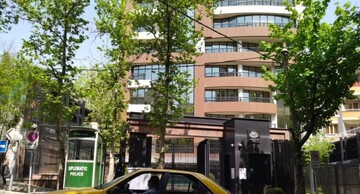
Australian ambassador leaves Iran as Tehran downgrades Canberra’s diplomatic presence
TEHRAN – The Australian ambassador has left Tehran after Canberra ordered Iran’s envoy and several diplomats to leave Australia, prompting the Islamic Republic to downgrade Australia’s diplomatic status in Iran in a reciprocal move, the Foreign Ministry announced on Thursday.
Sports
-
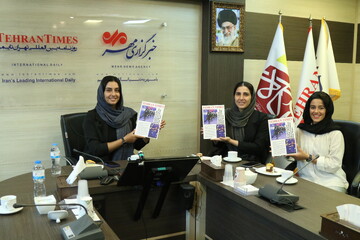
We have a lot to say in future, women canoe polo players
TEHRAN – In an exclusive with Tehran Times, Iran’s women’s Canoe Polo players Elaheh Pourabdian, Mahdieh Shabani, and Anahita Mahtarpour talked about their rollercoaster journey in championship.
-

Iran fall short against New Zealand at 2025 FIBA U16 Asia Cup
TEHRAN - New Zealand hit cruise mode early in the game and then coasted along finishing off with a 92-69 win over Iran in the FIBA U16 Asia Cup Quarter-Finals at the M Bank Arena on Friday.
-

Piazza names Iran squad for 2025 World Championship
TEHRAN - Roberto Piazza has named his 14-man team for the 2025 FIVB Men's Volleyball World Championship.
Culture
-

Iranian mobile game “Shahin: True Promise” unveiled
TEHRAN – The unveiling ceremony of the mobile wargame “Shahin: True Promise” was held at Mehr News Agency with the presence of Mohammad Hajimirzaei, CEO of the Iran Computer Games Foundation, and Sadegh Jebelli, producer of the game.
-

Cinema Museum to show Parajanov’s movies
TEHRAN – The Cinema Museum of Iran in Tehran will host the program “Three Days with Parajanov” to review three of the most important films by the acclaimed Soviet director.
-
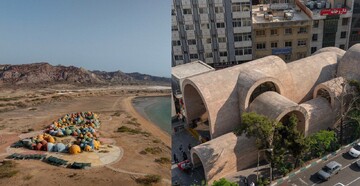
Iranian projects shine in 2025 Aga Khan Award for Architecture
TEHRAN – Two innovative projects from Iran have been named winners of the 2025 Aga Khan Award for Architecture, one of the world’s most distinguished prizes in the field.
Economy
-
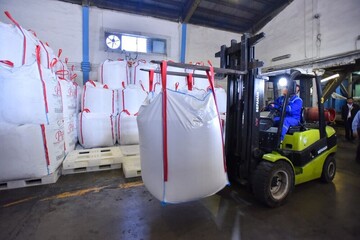
Petchem output hits 32m tons in 5 months, $5.5b exported
TEHRAN – Iran produced 32 million tons of petrochemical products in the first five months of the current Iranian year to late August, with 13 million tons worth $5.5 billion exported, the head of the National Petrochemical Company (NPC) said.
-

Iran, China expand cooperation on energy projects
TEHRAN – The head of Iran’s Power Generation, Transmission and Distribution Company (Tavanir) said the country has stepped up collaboration with Chinese firms in areas such as smart grids, gas switchgear equipment, energy storage systems and other related technologies, with some production lines already operating inside Iran.
-
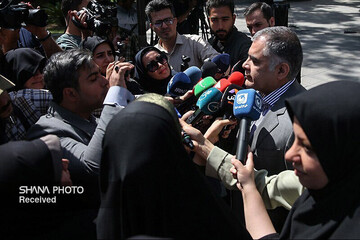
Iran boosts monthly oil exports by 630,000 barrels: oil minister
TEHRAN – Iran’s oil exports rose by an average of 630,000 barrels a month in the first four months of the current Iranian year (March 21-July 22) compared with the same period last year, Oil Minister Mohsen Paknejad said on Wednesday.
Society
-
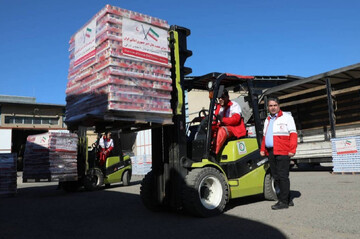
IRCS dispatches humanitarian aid to Afghanistan
TEHRAN –The Iranian Red Crescent Society (IRCS) has sent over 100 tons of essential goods to quake-hit people in Afghanistan.
-

Intl. congress aims to elevate Iran’s position in global cooperative diplomacy
TEHRAN – Taking place in the context of the United Nations (UN) International Year of Cooperatives 2025, the second International Congress on Cooperative Economy aims to strengthen international cooperation in the cooperative sector, promote innovation and productivity, and elevate Iran’s position in global cooperative diplomacy.
-
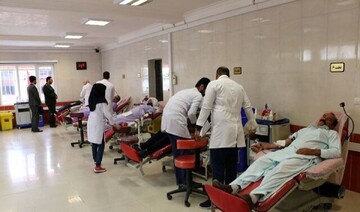
Over 1m Iranians donate blood in 5 months
TEHRAN – A total of 1.034 million Iranians donated blood in the first five months of the current Iranian year, which started on March 21, according to an official with the Blood Transfusion Organization.
Tourism
-
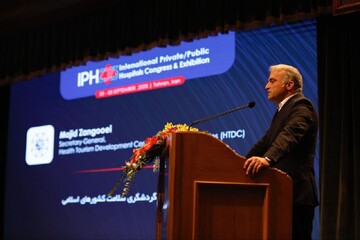
Tehran eyes more medical tourists from Islamic countries, officials say
TEHRAN — Tehran is on track to become a hub of medical tourism for Islamic countries, the secretary general of the Islamic Countries Health Tourism Development Center said on Thursday.
-
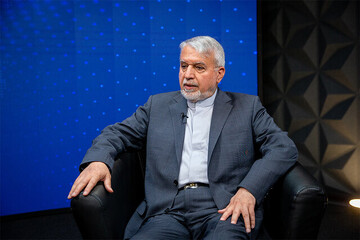
Qom to become a tourism hub within five years, minister says
TEHRAN—Qom province will gain special status in domestic and foreign tourism within five years through expanding the infrastructures, supporting the private sector and continued management stability, said Cultural Heritage Minister Seyyed Reza Salehi-Amiri.
-
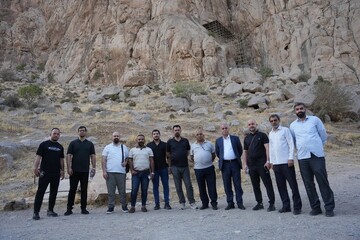
Managers of Iraq travel agencies visit UNESCO World Heritage site of Bisotun
TEHRAN—A number of managers of Iraqi travel agencies visited the UNESCO World Heritage site of Bisotun and all the attractions and historical monuments of Bisotun complex during September 2-5.
International
-

Slovak PM in China: Building partnerships for a fairer global future
PRETORIA – Robert Fico has once again put Slovakia under the international spotlight. While other EU leaders stayed home, the Slovak prime minister travelled to Beijing for China’s commemoration of the 80th anniversary of victory over fascism in Asia. There, he was the only EU head of government standing alongside Xi Jinping and Vladimir Putin.
-

The lie of “arms exclusivity” to uproot the resistance!
BEIRUT—The resistance in Lebanon constitutes a crucial, fundamental link in withstanding the Zionist-imperialist conspiracy. This vicious move has been expressed in an unprecedented manner to undermine the resistance under the pretext of “arms exclusivity.”
-

‘Mouthpiece of IDF butchers’: Israeli president faces arrest calls ahead of UK visit
TEHRAN – Israeli President Isaac Herzog is poised to visit the UK this week, but his arrival has stirred a political storm. Some MPs are demanding his arrest, accusing him of backing Israel’s military operations in Gaza and calling him the “mouthpiece of IDF butchers.”
Video Comment
-

Culture minister highlights year of progress in arts, global image enhancement
-

Gazan Journalists attacked by Israel
-

Brother of Iranian scientist murdered in Israeli strike speaks out
-
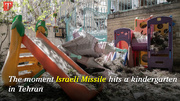
Footage shows Israel hit a kindergarten in Tehran
-
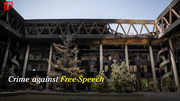
Delegates and ambassadors from 28 countries visited the IRIB building
Most Viewed
-
Yemen targets Israeli General Staff
-
Pezeshkian wraps up much-anticipated China trip
-
Parliament to back NPT withdrawal following snapback
-
Europe, Iran, and the loss of diplomatic autonomy
-
South Korea, Iran discuss ways to boost bilateral ties
-
Venezuela stands unyielding against US aggression: Sovereignty is non-negotiable
-
Iranian projects shine in 2025 Aga Khan Award for Architecture
-
Iran-China ties strengthened as SCO 2025 summit delivers historic outcomes
-
Iranian lawmakers pledge full support for missile and defense industry expansion
-
Iran urges Europe to adopt 'credible' stance on Israel
-
War scars and peace dreams: Why the Caribbean and Latin America seek to remain a war-free zone
-
China holds massive V-Day parade, President Xi hails 'unstoppable' national rejuvenation
-
Will the government drag Lebanon toward anarchy on Friday?
-
Iran held by Tajikistan at 2025 CAFA Nations Cup
-
Iran highlights culture, art as pillars of peace at Bali’s CHANDI 2025
